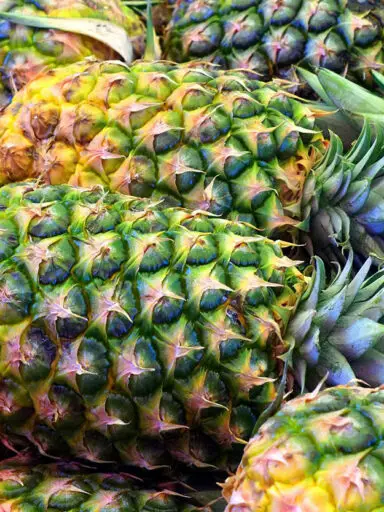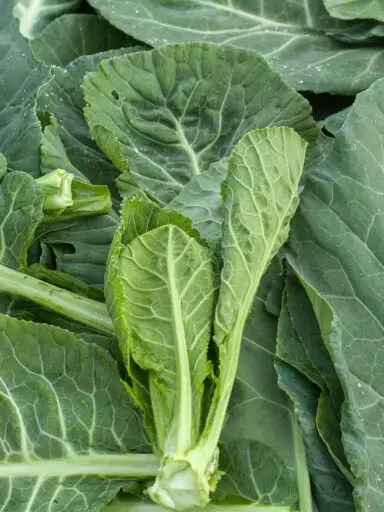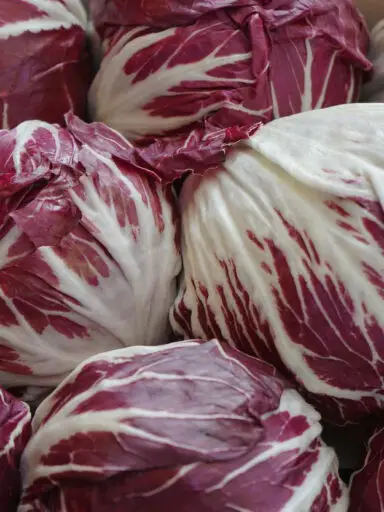The common fig is a plant of the mulberry family. It produces a fruit simply known as fig. The plant is native to the Middle East and Western Asia.
The fig tree grows to a height of 7 to 10 meters. It has a distinct smooth white bark. The actual fruit which grows to about 3 to 5 centimeters long consists of a mature syconium containing numerous druplets.
The fruit has green skin which ripens to purple or brown. The green fruit has a milky sap which may be an irritant to most people’s skin. The ripe fruit is sweet and juicy and can also be dried for later consumption.
The plant can tolerate nutritionally poor soil and does well in well-drained soil. It can also grow in dry and hot areas such as those conditions found in the Middle East. This makes the Middle Eastern and Mediterranean climates especially suitable for the plant.
The world’s largest producers of figs are Turkey, Egypt, Algeria, Morocco, and Iran respectively. It is also grown widely in the United States and Spain among other nations.
The fresh fig fruits are available in markets throughout the year with the best quality being available from May through November.
Dried figs are also available in the markets. If purchasing fresh fig fruits, they should be relatively firm but slightly soft. The very soft figs should be avoided. They should be picked when ripe from the tree and not when still green.
Also avoid those that have bruises and cuts, fungus or rot, or the very green fruit which can be bitter and unpleasant to the palate.
Fig fruits do not keep well and therefore should be purchased when needed and eaten soon after. They can keep for two to three days in a refrigerator if need be. Dried figs can keep for 6 to 9 months.
Preparation of Fig for Consumption
Wash the figs in cool running water to remove any dirt and soil particles as well as any pesticide residue. The fruit can be eaten as a snack whole or peeled as desired.
The fruit can be added to salads and desserts like cakes, ice cream sundaes, and other dishes that call for it in the recipes.
The dried fruit can be used in the preparation of soups and stews. It can also be added to lamb, poultry, and venison. it can be eaten with breakfast cereal, pies, and other baked goods.
Nutritional Benefits
The fig is a good source of vitamins, minerals, antioxidants, and dietary fiber. It contains 74 calories per 100 grams, is a good source of carbohydrates and contains no cholesterol, and has trace amounts of oils and fats.
The fig is a good source of B-complex vitamins, most notably pantothenic acid, pyridoxine, riboflavin, and thiamin.
It is also good for getting vitamin A, Vitamin C, and vitamin K.
Fig contains potassium, copper, calcium, magnesium, iron, and manganese.




